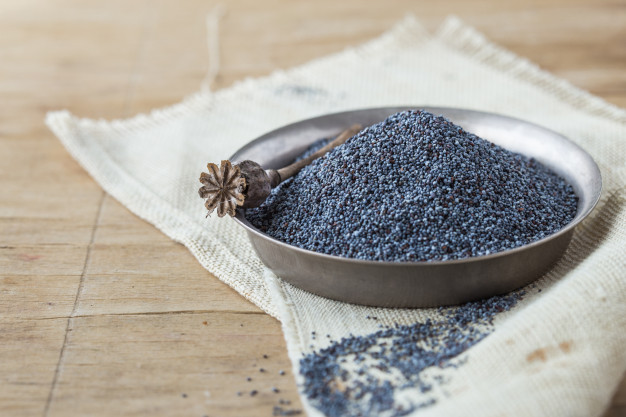
What is Drug Abuse?
Drug abuse which is also known as substance abuse refers to the use of certain chemicals for the purpose of creating pleasurable effects on the brain. There are over 190 million drug users around the world and the problem has been increasing at alarming rates, especially among young adults under the age of 30. Apart from the long term damage to the body drug abuse causes, drug addicts who use needles are also at risk of contracting HIV and hepatitis B and C infections.
Causes of Drug Use
Drugs of abuse are usually psychoactive drugs that are used by people for various different reasons which may include:
- Curiosity and peer pressure, especially among school children and young adults.
- The use of prescription drugs that were originally intended to target pain relief may have turned into recreational use and become addictive.
- Chemicals may be used as part of religious practices or rituals.
- Recreational purposes.
- As a means of obtaining creative inspiration

Drug categories
Drugs of abuse fall into three groups and these include:
- Depressants: These cause depression of the brain’s faculties and examples include sleeping pills (barbiturates) and heroin.
- Stimulants: These cause stimulation of the brain, giving rise to alertness and increased bursts of activity. A rapid heart rate, dilated pupils, raised blood pressure, nausea or vomiting and behavioural changes such as agitation and impaired judgment may also result. In severe cases, there may be delusional psychosis which can occur with the use of cocaine and amphetamines.
- Hallucinogens: These cause hallucinations and an “out of this world” feeling of dissociation from oneself. Hallucinogens may cause distorted sensory perception, delusion, paranoia and even depression. Examples include ecstasy, mescaline and LSD.

Examples of drugs are:
Alcohol

Tobacco

Cocaine from coca

Opium and opioids from poppy plants

Hashish or marijuana from cannabis

Synthetic drugs such as heroin, ecstasy and LSD

Administration
There are several different routes of administration for drugs of abuse including orally in the form of a pill, intravenously in the form of an injection, by inhaling the substance in the form of smoke or via snorting the substance so it is absorbed into the blood vessels of the nose.
Epidemiology of drug abuse
Cannabis, marijuana and hashish are the most widely abused drugs in the world. Around 141 million people worldwide consume cannabis. The use of stimulants such as amphetamine and ecstasy is also widespread, with nearly 30 million people abusing these drugs.

Cocaine is used by around 13 million people across the globe, with the highest numbers of users in the United States. Abuse of heroin and other opioids is less common than with other drugs and is taken up by around 8 million people worldwide, mainly in South-East and South-West Asia and Europe.
Drug abuse is seen in various different age groups and in individuals from nearly all walks of life and socioeconomic strata. However, men are more likely to abuse drugs than women; single people are more likely than married individuals and urban dwellers more likely than rural dwellers. Prisoners, street children and younger individuals are also more likely to abuse drugs.
Today happens to be International Day against Drug Abuse and Illicit Trafficking 2020:

The day is used to highlight the dangers of drug abuse and bring awareness to people on how to deal with it.
There is a growing concern over the rise in numbers of drug abusers all over the world, which is in turn leading to loss of life and an increase in crime. It is a growing nuisance in many societies, as school and college going kids, who have become addicted, now have no regard for life and would even kill to get their fix. As countries fight to raise awareness about substance abuse and unlawful drug trade, we take a look at what the International Day against Drug Abuse and Illicit Trafficking is all about.
Drug abuse does not necessarily mean using drugs such as cocaine, hallucinogens, cannabis, sedative hypnotics and opiates, but also encompasses prescription medications such as painkillers, sleeping pills, and tranquilizers. As per the World Drug Report 2017, released by United Nations Office on Drugs and Crime (UNODC), about a quarter of a billion people used drugs at least once in 2015.

The United Nations General Assembly decided to designate June 26 as International Day against Drug Abuse and Illicit Trafficking on December 1987. The chosen date is to commemorate Lin Zexu’s dismantling of the opium trade in Humen, Guangdong just before the First Opium War in China.
Significance of International Day against Drug Abuse and Illicit Trafficking:
The day is used to highlight the dangers of drug abuse and bring awareness to people on how to deal with it. The UNODC has over the years been participating actively by launching campaigns to gain support for drug control. It also often teams up with other organizations to encourage people to take part in the campaigns. There have been many public rallies to promote awareness about the dangers of illicit drug use, with governments and organizations taking the lead in organizing such events.

The goal of the day is to strengthen global action and cooperation towards creating a society that is free from drug abuse and unlawful drug trade.
SAY NO TO DRUG ABUSE OF ANY NATURE.

